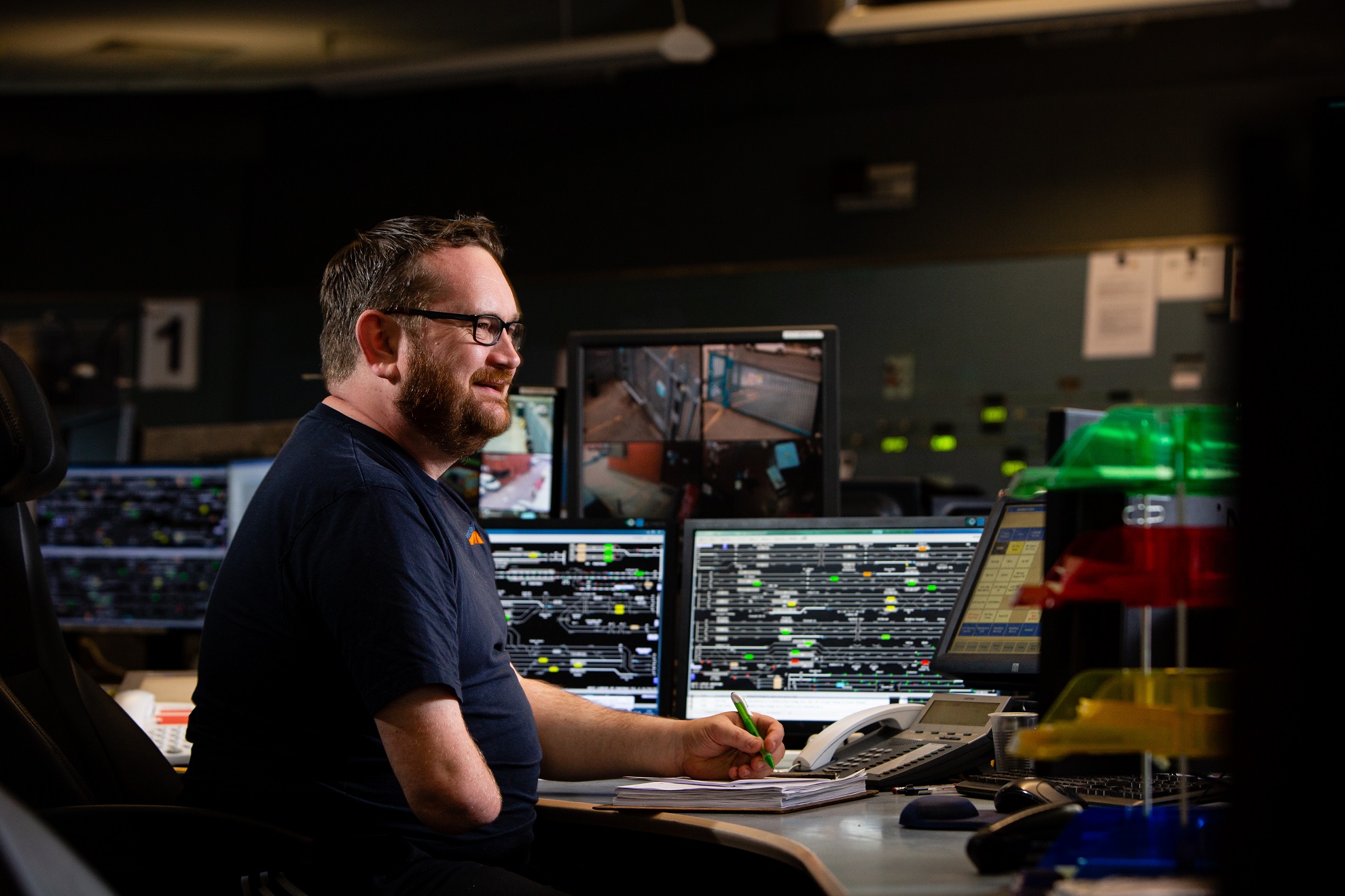You have probably heard that we are bringing the railway into the 21st century. But what does that mean?
What are we doing to meet your needs and ensure you are able to travel safely, without delay or disruption, and in comfort?
Going digital, for one thing.
We’re integrating new digital signalling systems across the railway to improve safety, efficiency, and your journey.
What signalling systems do we use?
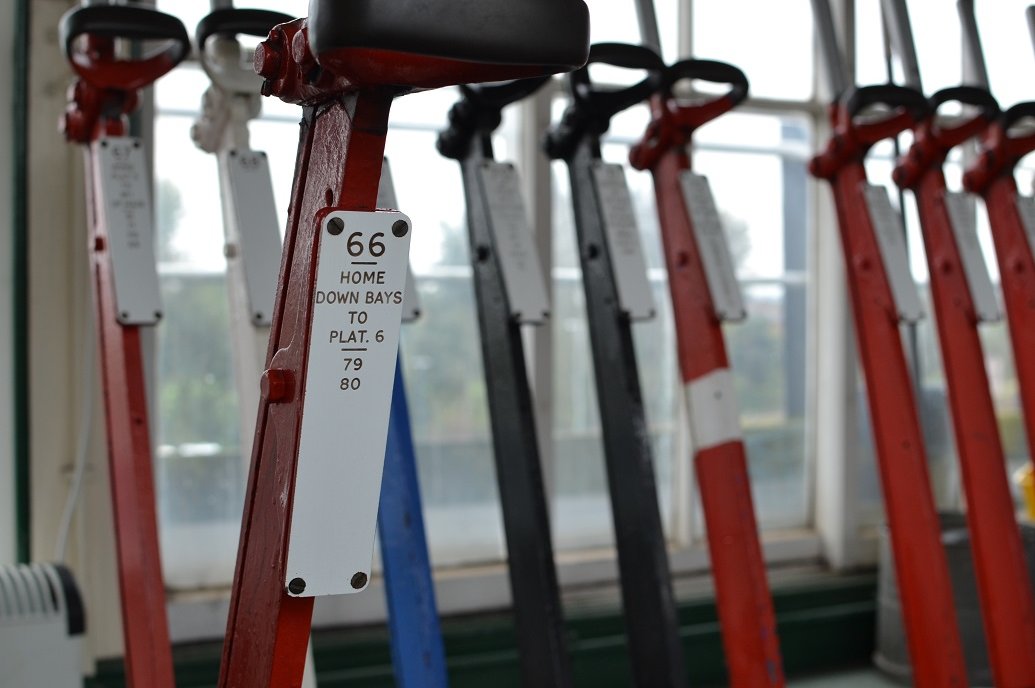
First of all, we have to look at traditional signals, these are like traffic lights for trains.
The most common trackside based signalling system, which was invented in Victorian times, divides the tracks into sections called signal blocks.
These trackside signals are fixed into the tracks to tell drivers how close they are to the next train, and how fast they can go in order to be able to safely stop – a worst-case scenario.
A lot of these signals are now helped with electricity, but some of them may still be entirely mechanical and be controlled from a signal box that uses levers.
More than half of our network still uses these systems that are more than 30 years old. Time for a digital upgrade.
Digital do-over:
We’re upgrading a lot of our network to digital-mechanical signalling, which is controlled with the help of computers in a signalling centre or a railway operating centre (ROC)
This system is integrated with the old infrastructure and uses data from the trackside equipment and signalling centre. This means we can put the signalling information into the train cab for the driver to see more clearly.
But we’re working on completely overhauling the old system with something even better. Our digital signalling systems will modernise the network with cab signalling to replace signals beside the tracks.
We’ll also introduce automated traffic management systems to improve the way we run the network. This will reduce delays and disruption, and improve journey times.
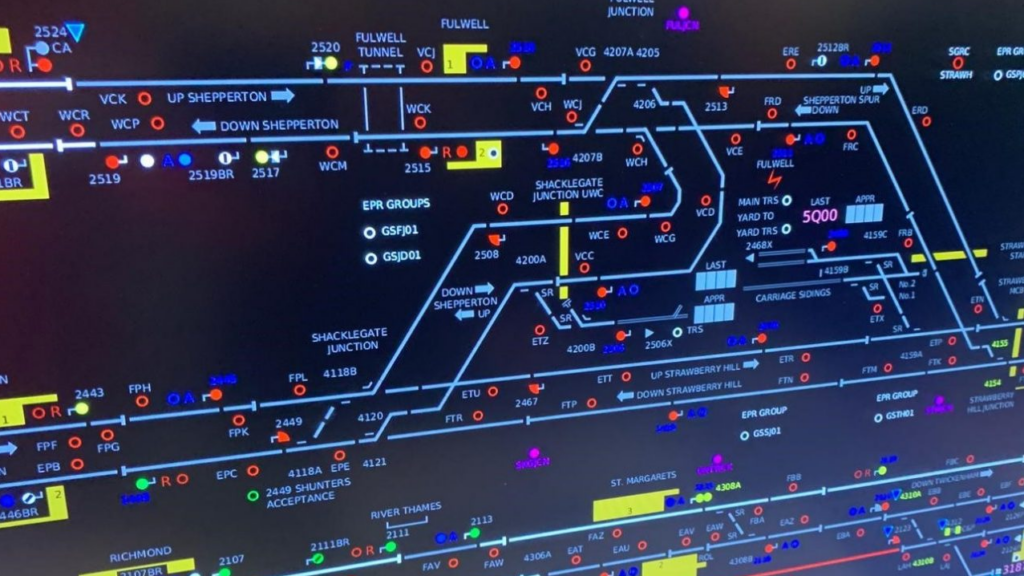
Where and when can you expect to see these digital improvements?
We’re currently working on three huge signalling upgrades.
Birmingham New Street Resignalling Project
Since 2021, we’ve laid more than 370km of electric cables at Birmingham New Street – Britain’s busiest interchange station.
These cables will connect to 64 new LED colour light signals, which will be easier for train drivers to see. We’ve also installed 60 axle counters – equipment on railway lines which show signallers exactly where trains are on the network.
This will help us to allow more trains on the network and improve journey times because it means we can safely run services closer together.
However, we’re still using the original Grade II listed Birmingham New Street Power signal box on Brunel Street for our signalling.
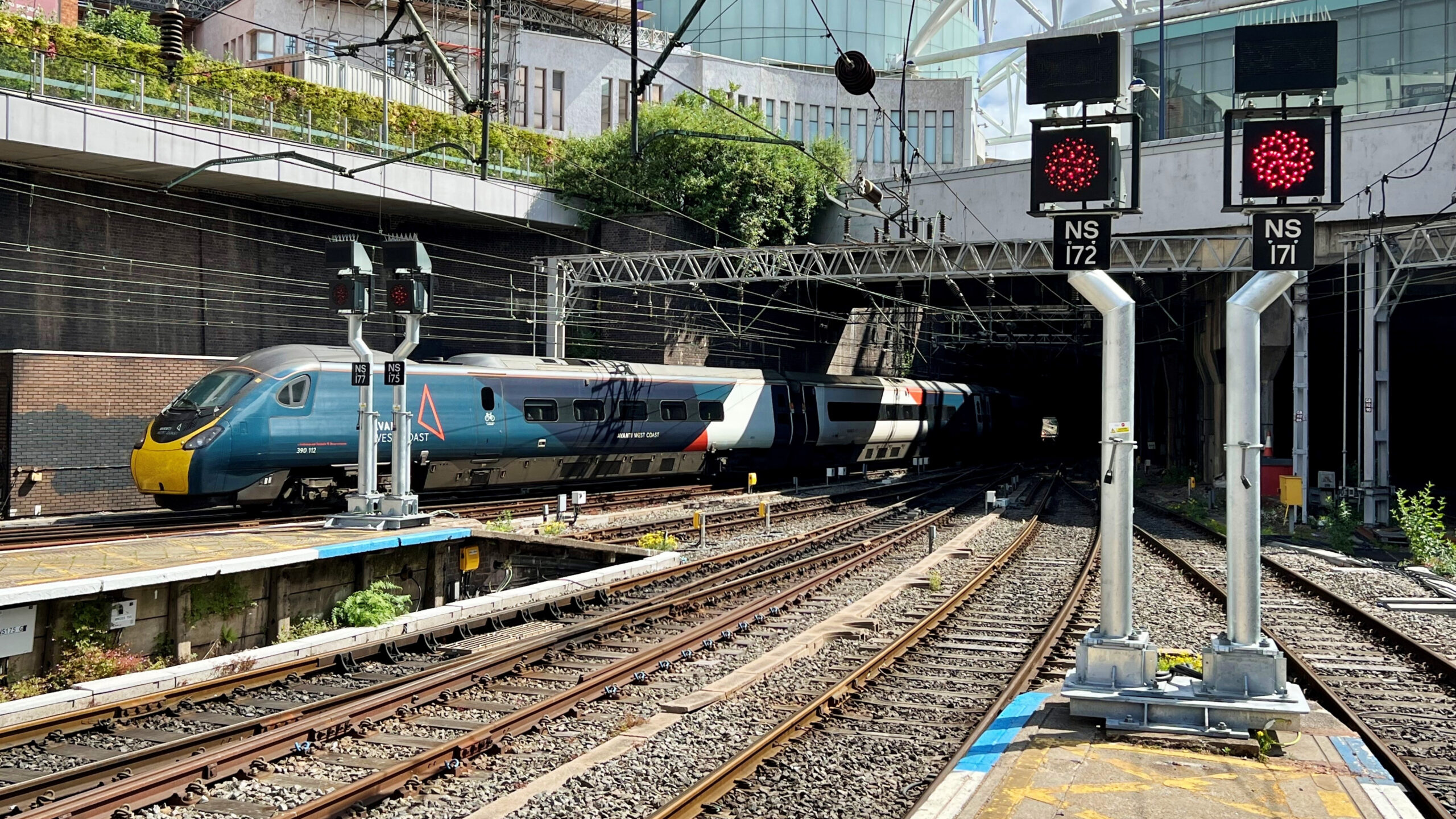
But now, all the signals and equipment across the station have been brought into the 21st century. We’ve even begun controlling them from our state-of-the-art West Midlands Signalling Centre in Satley.
Transpennine Route Upgrade
Not only are we upgrading the signalling at Birmingham New Street, we have also completed a major signalling overhaul in Manchester.
A total of 450 engineers built 29 new signals, laid 4,000 metres of new track and installed 2,800 metres of train powering electric cable. We also moved all of the signal controls from our 132-year-old signal box near Philips Park to Manchester’s Rail Operating Centre.
As part of our Transpennine Route Upgrade, the new signalling system will allow for faster and more reliable services towards Manchester Victoria and improve journeys between York, Leeds and Huddersfield.
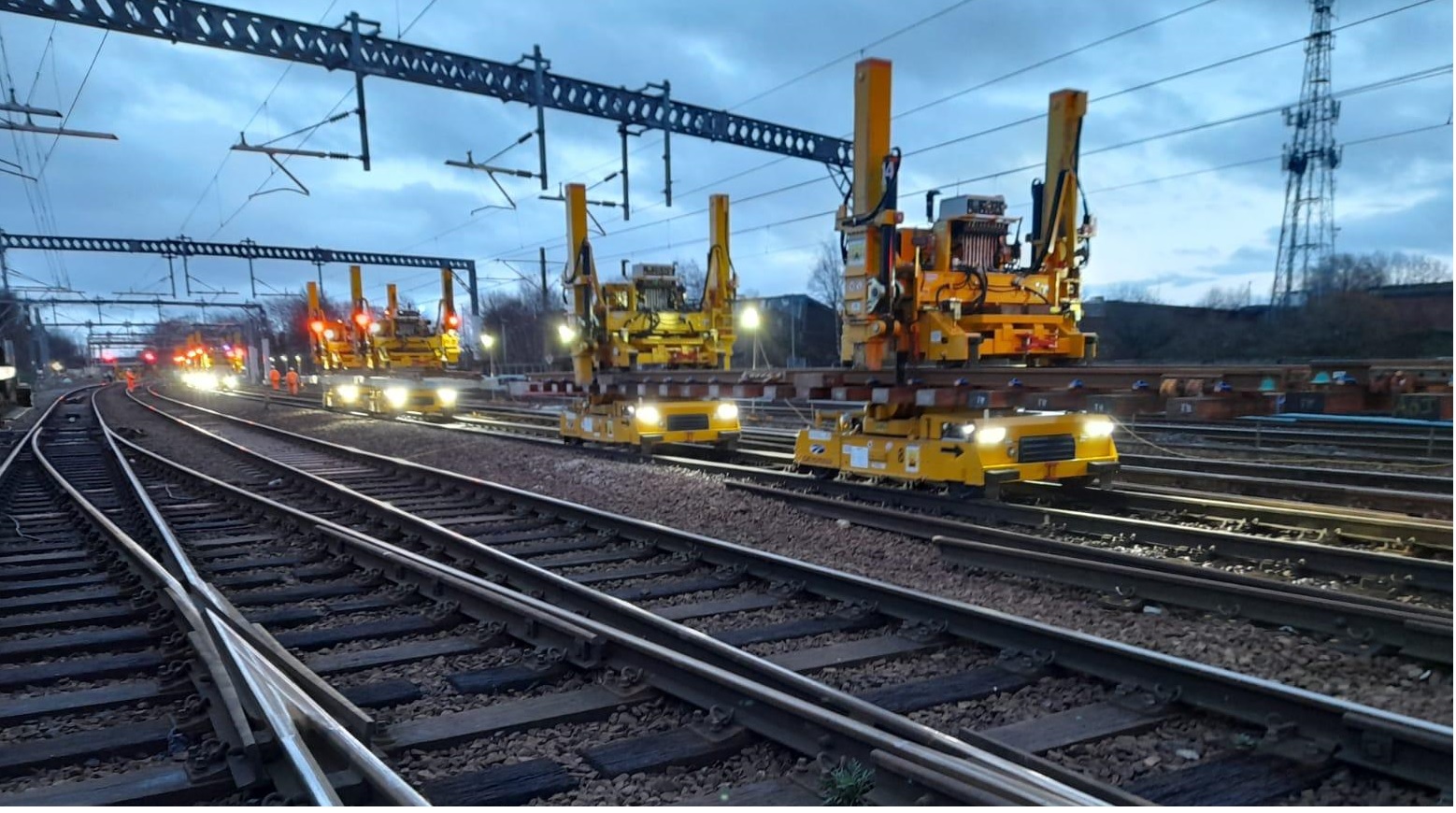
East Coast Digital Programme
We’re improving the south section of the East Coast Main Line, one of Britain’s busiest rail routes. Again, this will improve performance and safety through the introduction of digital signalling.
Our engineers are introducing a system that continuously calculates a safe maximum speed for each train. It means trains can run in a way that makes best use of the space available on the railway, with more safety protection and better recovery from disruption.
